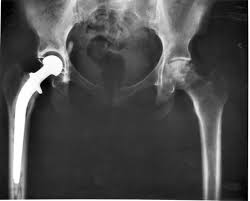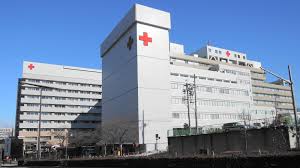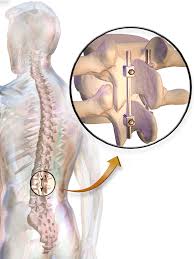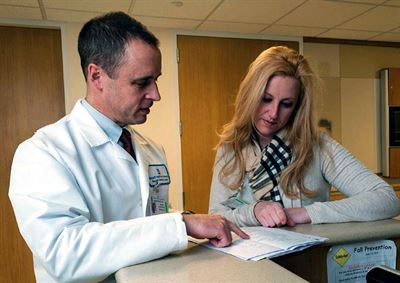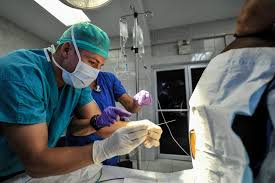A lot of people who have suffered injuries or illnesses causing them to have significant hip pain choose to have a total hip replacement Baltimore MD. The surgery itself is very safe and has mostly successful outcomes. Recovery from hip replacement surgery Baltimore can take a couple of months and requires some support from family, friends, and professionals like home care nurses and physical therapists.
Recovering from Hip Replacement Surgery Baltimore
Here are some of the stages of recovery from this procedure:
- The operation itself takes several hours. General anesthetic is used, so the patient is not aware of anything that is going on throughout. The normal hospital stay for hip replacement surgery is two to three days.
- After the patient has become conscious in the recovery room, they are taken to a regular hospital room where they are given enough pain medication to keep them comfortable. Coughing and deep breathing are encouraged at this point in order to recover fully from the anesthesia.
- Most people are up and walking the day after surgery. Some even begin to work on an exercise and recovery program with a physical therapist. An occupational therapist will show them how to do some basic daily activities in order to avoid putting too much stress on the new joint before it is fully healed.
- After 1-2 days, it becomes easier to walk. A normal diet can be resumed and pain medication can usually be reduced.
- Discharge from the hospital occurs after 2-3 days. Some people can be discharged directly to their home if they have enough help for shopping, housekeeping and personal care. In other cases, people choose to go to a rehabilitation center for a few days where they can be cared for while working on physical therapy and other recovery activities.
- Four or more days after surgery, most people can do the physical therapy exercises they have learned. Care of the incision must continue in order to avoid infection, which can be a serious complication.
- At 10-12 weeks post-surgery, most individuals have fully recovered and can do all, if not more, of the things they could do before. Many report a lot of relief at being pain-free for the first time in years.

